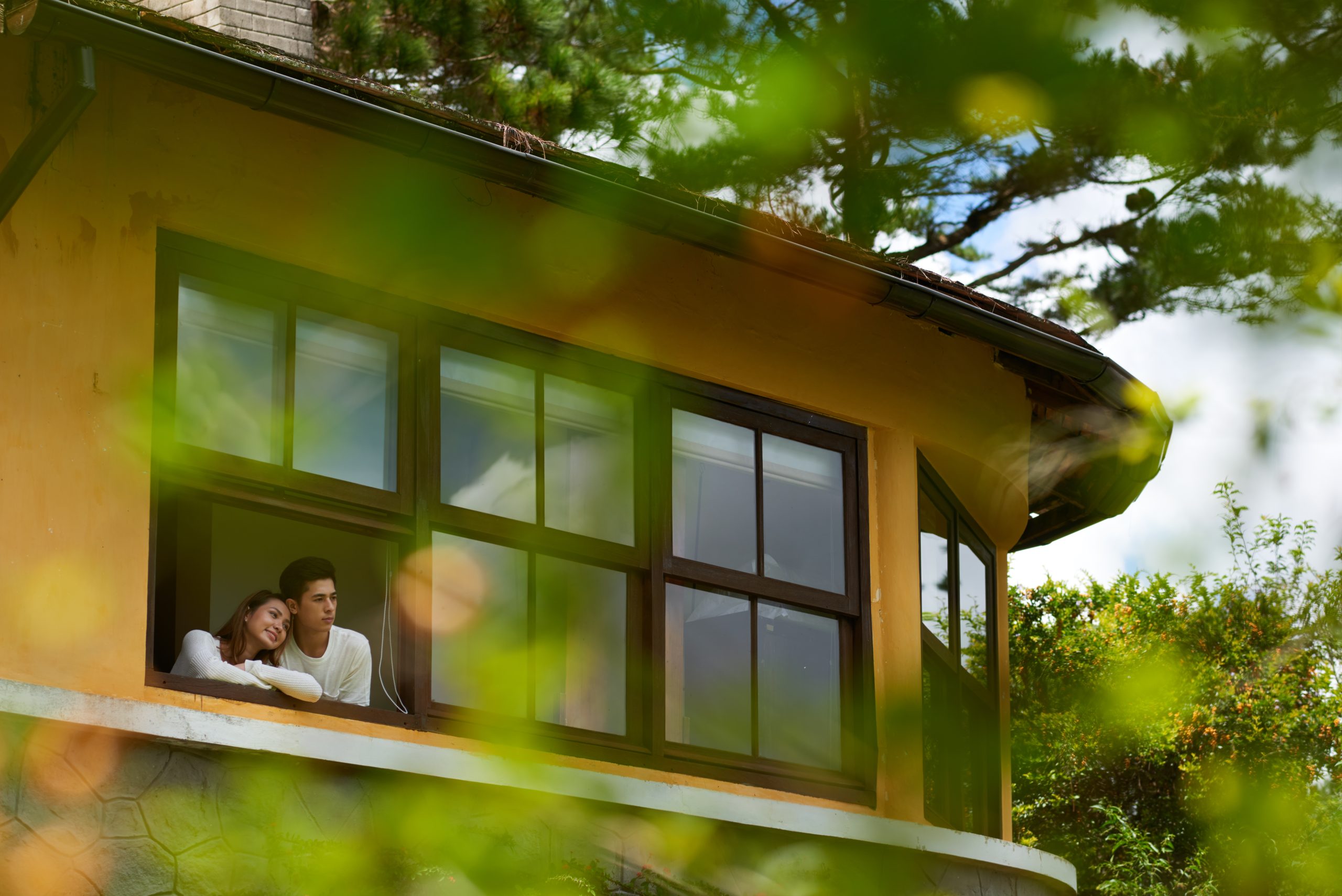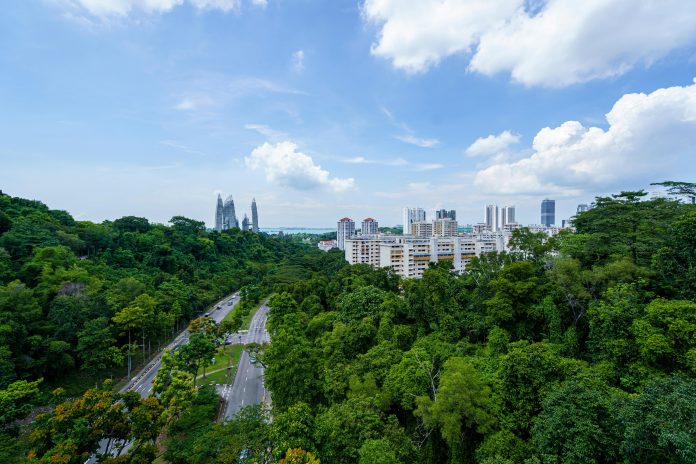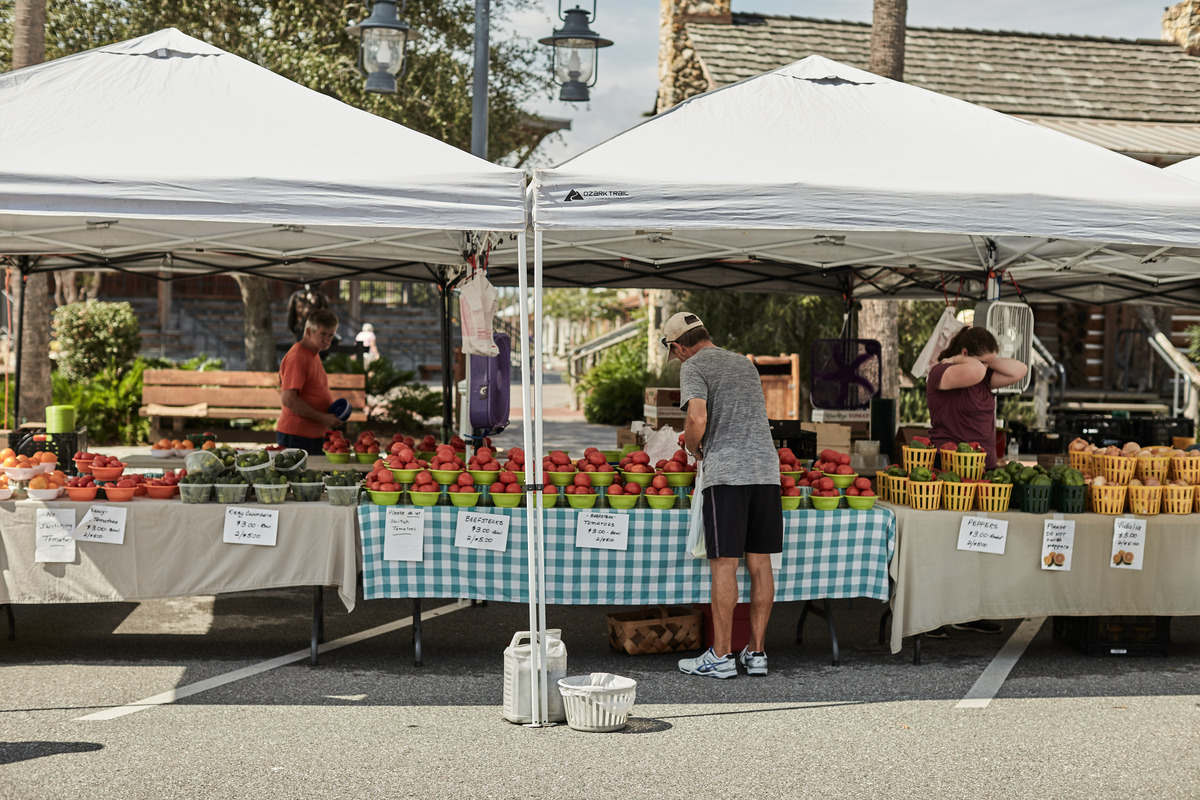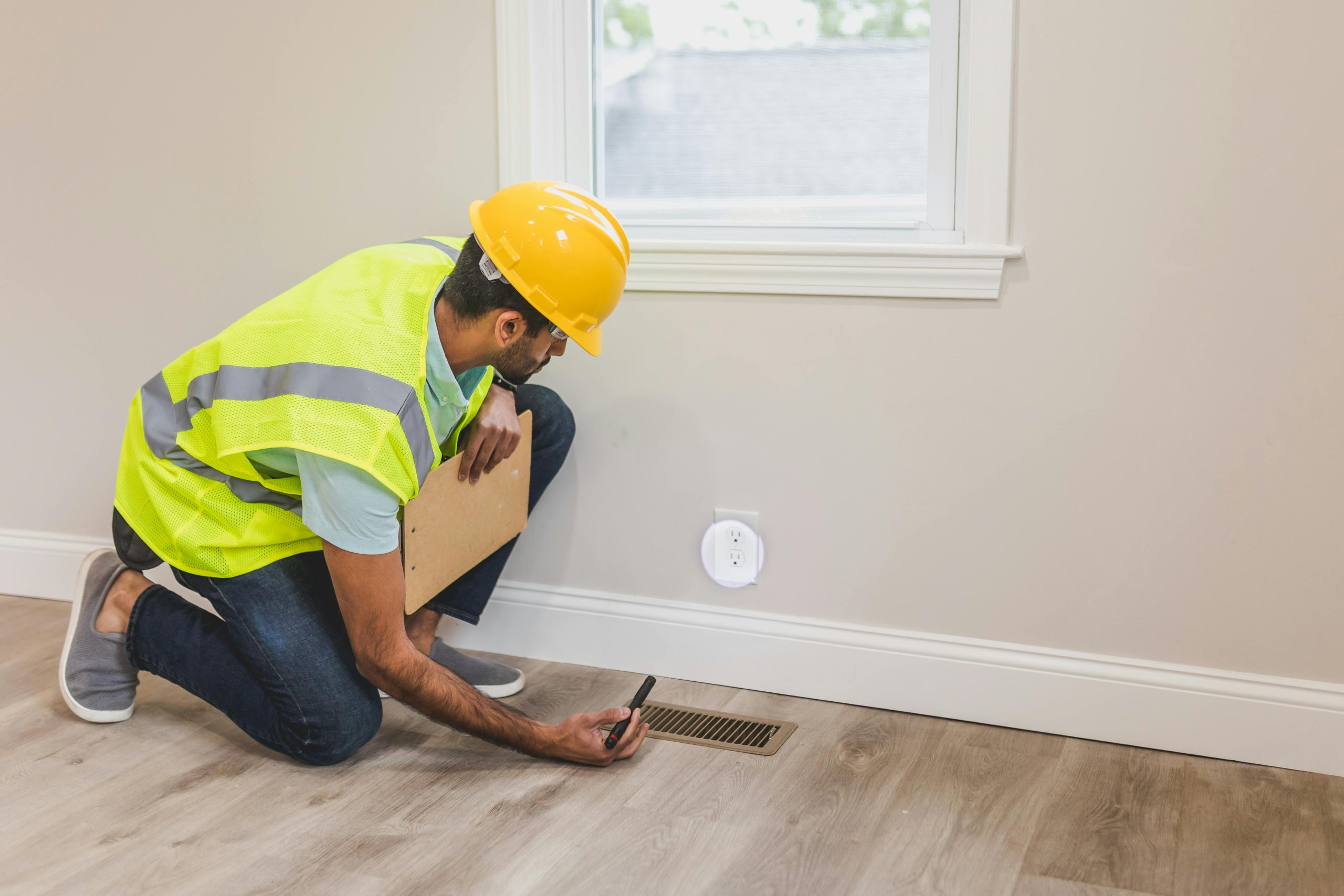Interior design, property constructions, and landscaping are just some of the industries that are shifting towards an always greener approach. Today, they are increasingly embracing eco-friendliness with a focus on zero waste, emission reduction, recycling, regenerative design, and harmony with nature.
Sustainable practices aim to create real estate properties and living environments that benefit both people and the planet. Technology plays a crucial role in this transition, offering innovative tools and solutions that drive eco-friendly design forward. This guide explores the technologies that are driving innovation in the field of environmentally conscious design.
Using AI for Smarter Design
Artificial intelligence is a game-changer in a range of industries – and eco-design isn’t an exception. AI algorithms are capable of analyzing vast data sets, predicting important indicators and trends, such as energy usage patterns and materials lifespan, which help optimize resource allocation. In turn, this knowledge can aid designers make informed, sustainable choices from the project’s onset.
Additionally, by simulating various scenarios, AI allows for testing and adjusting design elements before actual construction begins, minimizing waste and emphasizing cost-efficiency.
For instance, AI-powered solutions, such as Dynascape landscape design software, can assist in crafting eco-friendly landscapes by predicting plant growth patterns and optimizing irrigation to conserve water. This ensures that every aspect of your project aligns with sustainable principles without compromising on quality.
Creating with Virtual and Augmented Reality
Generative AI, Virtual Reality (VR), and Augmented Reality (AR) are some of the technologies that are revolutionizing design. Here’s an overview of how these technologies work:
- Generative AI automates the design process by using algorithms to generate complex, innovative designs based on specific input parameters. This technology boosts efficiency and creativity, helping you develop unique eco-friendly solutions.
- VR immerses users in a fully virtual environment, enabling designers to explore design elements in an interactive, first-person way – and without the need for physical prototypes, which are often expensive and cumbersome to create.
- AR creates layers of digital information, putting them over real world images and videos. These let designers visualize options in actual environments to ensure they are harmonious and efficient.
Harnessing Renewable Energy in Projects
Renewable energy is the backbone of sustainable design. Solar, wind, and geothermal energy sources offer clean power, which significantly reduces carbon footprints of single residents and communities alike.
Incorporating them in designs is important to begin shifting towards more self-sufficient structures that leverage natural resources, decreasing dependence on fossil fuels. This method reduces energy expenses and contributes to a healthier environment.
By focusing on renewable energy sources, designers create spaces that are eco-friendly and capable of adapting to future energy developments. This ensures sustainability over the long term.
Implementing Smart Water Systems
Water is a precious resource, and smart water management systems ensure it’s used responsibly across single-family homes and multi-dwelling buildings alike.
Technologies like sensors can help monitor water usage and detect leaks, preventing wastage and moisture damage to structures, keeping them safe and sound.
For landscapes, automated irrigation systems adjust water distribution based on weather forecasts and soil moisture levels, supporting sustainable landscaping. Lastly, innovative plumbing systems recycle greywater for non-potable uses, ensuring minimum strain on freshwater supplies.
These intelligent systems are vital in urban settings where water scarcity is a concern, providing you with the tools to create efficient and sustainable water management solutions that align with environmental goals.
Choosing Eco-Friendly Building Materials
Eco-friendly materials reduce environmental impact and promote sustainability. Their production requires less energy and often uses recycled content, minimizing landfill impact. Let’s look at some of today’s emerging and established material options:
- Bamboo: Rapidly renewable and durable for construction.
- Recycled steel: Reduces energy use and mining waste.
- Cork: Harvested sustainably without killing trees.
- Plant-based polyurethane rigid foam: Insulation properties with minimal carbon imprint.
- Reclaimed wood: Vintage aesthetics with reduced logging impacts.
- Locally sourced stone: Cuts transportation emissions.
Use these materials thoughtfully in your projects to reduce the ecological footprint and enhance sustainability.
Building with Modular Techniques
Modular construction is an innovative technique that is gaining significant traction in the field of eco-design. This approach works by prefabricated building components off-site, and in series. These components are created to be adaptable to various configurations and uses. While this construction technique is still in development, it has already proven essential to reduce waste and boat efficiency.
Additionally, this method supports sustainability by allowing precise material usage and minimizing on-site construction disturbances. Plus, it’s agile, enabling easy disassembly and reuse of modules. And, both construction and builders can use them for a range of uses – from the design of furniture, such as kitchens and wardrobes, to the development of entire buildings.
Ultimately, modular designs are not only practical but also adaptable, allowing for future expansions or modifications with minimal waste. This flexibility, combined with reduced construction timelines, is unbeatable in terms of cost savings and enhanced project sustainability
Designing Spaces that Balance Quality and Eco-Friendliness
Today’s eco-friendly designs in construction are powered by technological advances. When choosing environmentally-friendly options, you no longer have to compromise on aspects such as comfort or innovation. By leveraging advanced technologies and materials, you can now create spaces that respect the environment without sacrificing aesthetics or functionality.










